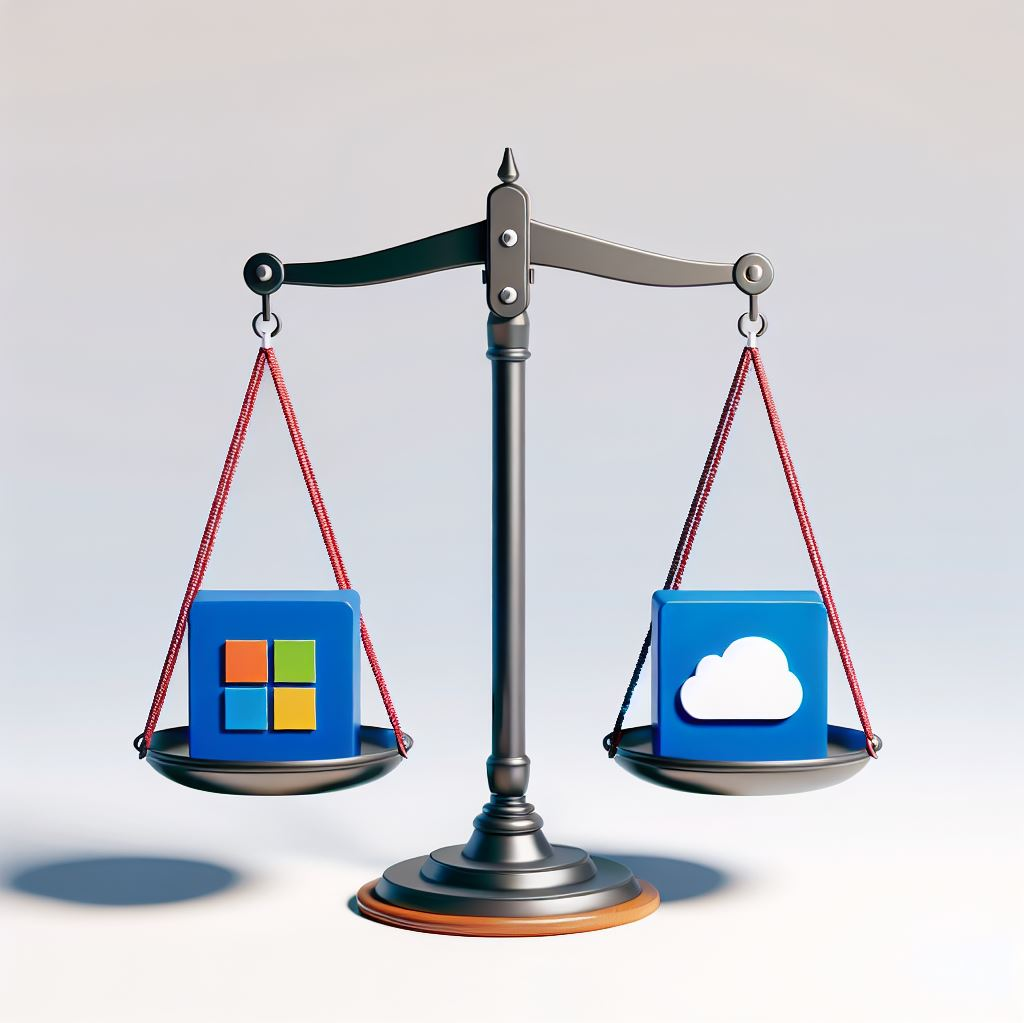Microsoft Co-Pilot and ChatGPT are both AI-powered tools, but they serve different purposes and are designed for various use cases. I have used both of them, however, one can complement each other in what they are lacking in the free version of it. Here’s a comparison between the two:

1. Primary Purpose
- Microsoft Co-Pilot:
Co-Pilot is an AI-powered assistant integrated into Microsoft 365 apps (Word, Excel, PowerPoint, Outlook, Teams, etc.). Its primary purpose is to help users be more productive by automating routine tasks, summarizing data, drafting documents, creating presentations, and generating reports. It leverages AI to augment user productivity within familiar Microsoft environments. - ChatGPT:
ChatGPT is an AI conversational model developed by OpenAI, designed for generating natural language responses. Its main use case is to assist in general conversations, answer questions, write content, and provide explanations across a wide range of topics. ChatGPT can be used on various platforms and is not specifically tied to a productivity suite like Microsoft Co-Pilot.
2. Integration with Other Tools
- Microsoft Co-Pilot:
It is deeply integrated into the Microsoft 365 ecosystem. Users interact with Co-Pilot directly within applications like Word, Excel, or PowerPoint to enhance their workflows, whether by drafting documents, analyzing data, or creating presentations. It is context-aware, meaning it can draw from the user’s work to provide tailored suggestions. - ChatGPT:
ChatGPT is not tied to a specific set of tools or environments. It can be accessed through standalone applications (like OpenAI’s website or ChatGPT app), API integrations, or embedded into various third-party platforms. It is more versatile in where it can be deployed but lacks the specific, deep integration with productivity apps.
3. What can they offer?
- Microsoft Co-Pilot:
Co-Pilot’s strength lies in task-specific functionalities. In Excel, it can help automate data analysis, build complex formulas, and generate reports. In Word, it assists with writing, summarizing, and editing. Co-Pilot’s focus is on enhancing productivity within the confines of the Microsoft suite by making repetitive or complex tasks easier. - ChatGPT:
ChatGPT’s capabilities are broader in terms of natural language understanding and generation. It can answer a wide array of questions, help with brainstorming, generate creative content, assist in coding, and provide detailed explanations. However, it doesn’t have the specialized productivity features (like Excel automation or PowerPoint design suggestions) that Microsoft Co-Pilot offers.
4. AI Model
- Microsoft Co-Pilot:
Co-Pilot is powered by OpenAI’s models (including GPT-4), but it is optimized for the Microsoft 365 environment. Microsoft customizes the model to understand the context of business documents, emails, and presentations to provide more relevant outputs tailored to the specific application in use. - ChatGPT:
ChatGPT is a general-purpose conversational AI model that excels in generating human-like text. It is optimized for a broad range of tasks and conversation types, but it doesn’t specialize in any particular productivity tools or environments unless integrated with them.
5. User Interaction
- Microsoft Co-Pilot:
Users interact with Co-Pilot within Microsoft apps through commands or prompts that are specific to the task at hand. For example, you can ask it to draft a summary of a document, generate a graph from data in Excel, or suggest improvements for a slide deck in PowerPoint. - ChatGPT:
ChatGPT interacts with users primarily through conversational dialogue. Users type questions or prompts, and the model generates responses. It can be used for a wide variety of tasks but lacks the focused, tool-specific assistance that Co-Pilot offers.
6. Availability
- Microsoft Co-Pilot:
Co-Pilot is available as an add-on for Microsoft 365. Its availability depends on the user’s Microsoft subscription tier, and it’s often integrated into enterprise or business-level services. Co-Pilot’s pricing is generally tied to a broader suite of Microsoft services. - ChatGPT:
ChatGPT is accessible for free (with limitations) or through a paid subscription (ChatGPT Plus) for enhanced performance and access to more advanced versions of the model. It is available to anyone and doesn’t require a subscription to a specific software suite like Microsoft Co-Pilot does.
7. What can I use it for?
- Microsoft Co-Pilot:
Best suited for professionals, businesses, and teams already using Microsoft 365 who want to streamline their workflows. It shines in business environments where efficiency in tasks like data analysis, document creation, and communication is key. - ChatGPT:
ChatGPT is ideal for a broader range of use cases, from casual conversation and customer support to creative writing, learning assistance, or problem-solving. Its flexibility makes it applicable in a wide range of industries and personal use cases, but it lacks the deep integration with productivity apps found in Co-Pilot.
Conclusion
Microsoft Co-Pilot excels in enhancing productivity and automating tasks within the Microsoft 365 ecosystem. It is tailored for users seeking specific assistance in work-related tasks like document creation, data analysis, and presentation design. ChatGPT, on the other hand, offers a broader, more flexible AI that excels in conversation, creative writing, problem-solving, and general knowledge, but without the deep integration with productivity tools.

The choice between the two depends largely on your needs—whether you’re looking to boost productivity in a Microsoft environment or need a general AI assistant for broader applications. Till then, Hope you learn a byte!
